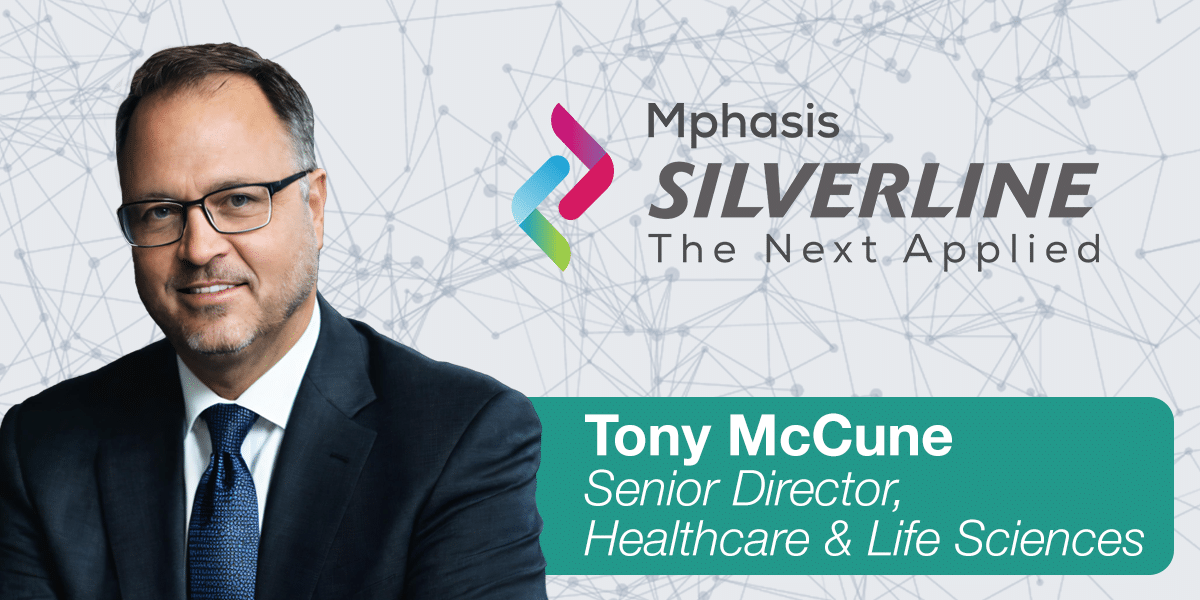In a 360 ecosystem of care, time spent with consumers is just the beginning of the story, and often not even the beginning of their healthcare journey. With new tools, technology, and processes implemented to manage a consumer’s well-being before, during, and between visits, healthcare organizations are positioning themselves to excel as systems and solutions advance.
For a true 360 ecosystem to succeed, the foundation must be built to emphasize and enable value-based care, rather than revenue-based services.
How do you add value to the care you provide?
It used to be that you would go to the doctor and hopefully they could take care and mitigate your ailment at the time. Now, it’s all about managing expectations — it’s not just about the solution and improvement in health. Now, experience and convenience come into play as the new norm. As we’ve explored throughout this blog series, value can be added in many ways. Whether it be through adding technology like Salesforce, implementing process improvements, or enabling higher employee engagement, there’s a lot you can do to focus on care:
- Communication preferences: Mobile, web-based, telephone calls, mail — whatever a consumer’s preferred method of interacting may be, they can get it. From text messages and push notifications for appointment reminders to on-demand calls with nurses, urgent care, or therapists through mobile apps and websites, the convenience of communicating how and when they want is an important factor for consumers.
- Access to information: Consumers are looking for online records; tailored plans available in their profiles; resources like Informational videos, articles, or webinars; and mobile apps for on the go care. Consumers have data they can provide, too. Consider creating a Salesforce Community for consumers that include options for self-scheduling, consumer-specific educational content, and the ability to upload documentation or even data from a fitness device or sleep tracking app on their phones.
- Increased, proactive engagement: Most people do not decide they need to see a doctor during business hours. If you want to create a better consumer experience, fill your schedules and keep consumers in your network, make your contact center 24/7. Cost effective? Absolutely! Replace your after-hours answering service. Utilize nurse triage protocols to disposition consumers to a primary care provider appointment in the morning vs. a midnight ER visit at your competitor. Prevent readmissions by making proactive outbound calls to recently discharged consumers with chronic conditions.
- Strong referral networks: Consumers want to know they are in good hands. They likely came to you via a friend or family recommendation or found you conveniently located close to their home or office. They will take comfort knowing that you are connected to health systems across their provider, offer community resources, and make the right suggestions for specialized care — even if it isn’t with you.
- Improved employee education and training: Ensure your staff is aware of opportunities to educate consumers, as well as opportunities to improve their own knowledge on treatments and protocols. Be more deliberate in making sure consumers and caregivers have a better understanding of their care options, know exactly what to do when there is a concern, and identify the appropriate circumstances for an emergency visit.
- Patient access center: Respond to consumer inquiries, triage symptoms, schedule appointments, and navigate consumers to the most appropriate, low-cost/high-quality care setting.
- Active referral navigation and management: Ensure consumers stay in-network and do not fall through the cracks, or worse — head to your competitors.
- Ambulatory care coordination: Enforce and facilitate disease and chronic condition-specific care plans and care management pathways tailored to a consumer’s unique needs.
- Nurse triage: Effectively manage a consumer’s symptoms and route them to the appropriate care location to prevent readmissions and reduce complications.
- Care gap management: Address health maintenance or gaps in care to improve the health of your consumers and meet quality standards that impact revenue and cost.
- Marketing Cloud: Facilitate digital, cross-channel communication that creates a personalized engagement model while making care coordination more efficient.
With all of this in place, outcomes improve with benefits for both consumer and provider.
What outcomes should you expect?
So what are the results of this new kind of consumer-focused, value-based care? According to the Healthcare Forecast 2020: 10 Trends (and Implications) Board Members and Senior Leaders Need to Know from The Governance Institute: “Medicare, along with health plans and employers, will continue to introduce payment incentives that will encourage new care models focused on improving the consumer’s experience and engagement, while improving value through better outcomes at a reasonable cost. Health systems and hospitals will innovate and adopt new ways of delivering care, monitor the consumer’s experience, and seek to continuously improve.”
In addition, “the move into value-based care will push right into population health initiatives and require exploring new strategies to address social determinants, including housing, transportation, and food security.”
Definitive Healthcare polled 1,090 healthcare leaders across the provider, biotech, financial services, staffing, life sciences, IT, and consulting verticals to determine predictions for the future of the value-based care landscape. Respondents saw the biggest benefits to be:
Reduced costs: Value-based payments reward clinicians for providing proactive, preventative, and efficient care using data and technology to understand emerging needs. Programs like this create a more integrated approach to managing wellness, rather than treating illness, which saves money in the long run. This also creates the opportunity for consumer payments to decrease over time by limiting the chance of expensive ER visits.
Increased consumer satisfaction: Consumer satisfaction is a key benchmark used to measure organizational performance. Creating continuity of care for your consumers increases consumer loyalty, and improves the ability to track network integrity and quality. Increased consumer trust leads to more referrals, which increases ROI.
Fewer medical errors and better results: Forty-eight percent of survey respondents see fewer medical errors and better outcomes as the biggest benefit. With value-based care programs, providers can spend more time focusing on preventative medicine and population health issues rather than struggling to keep up with high consumer demand and readmissions.
For more information, download the ebook. When you’re ready to transform the way your healthcare business functions, we’re ready to help.





